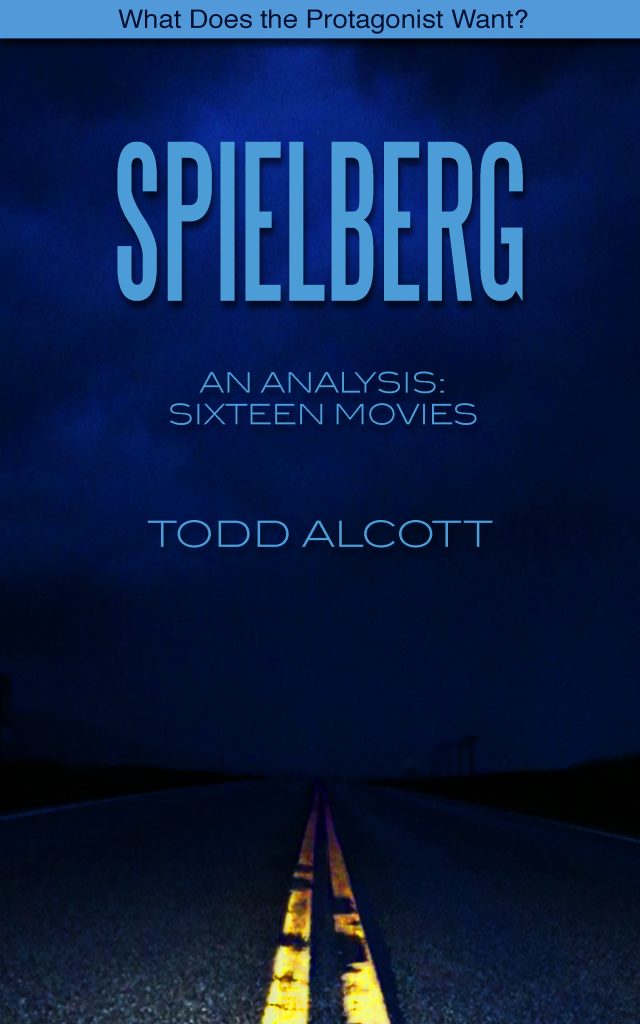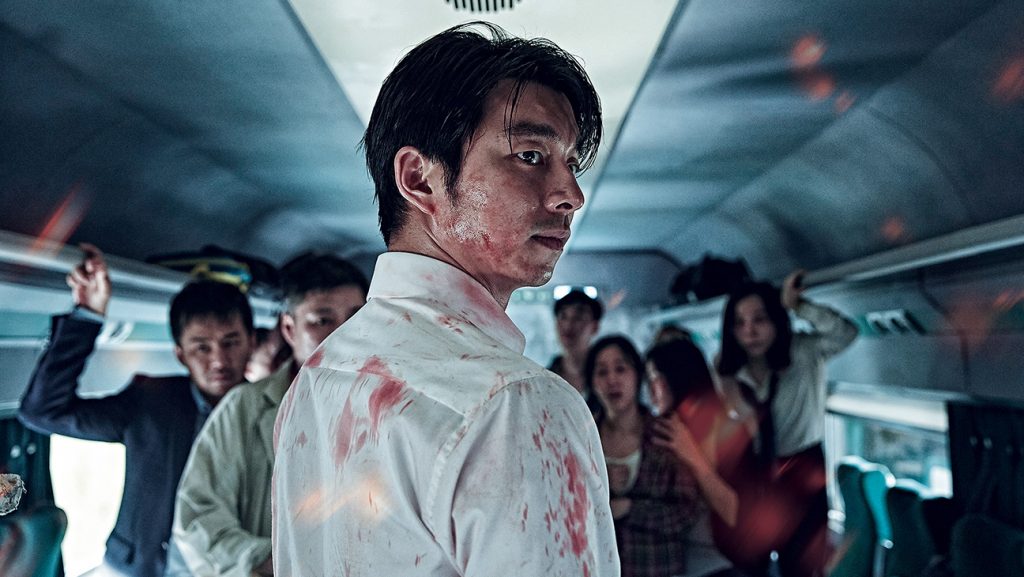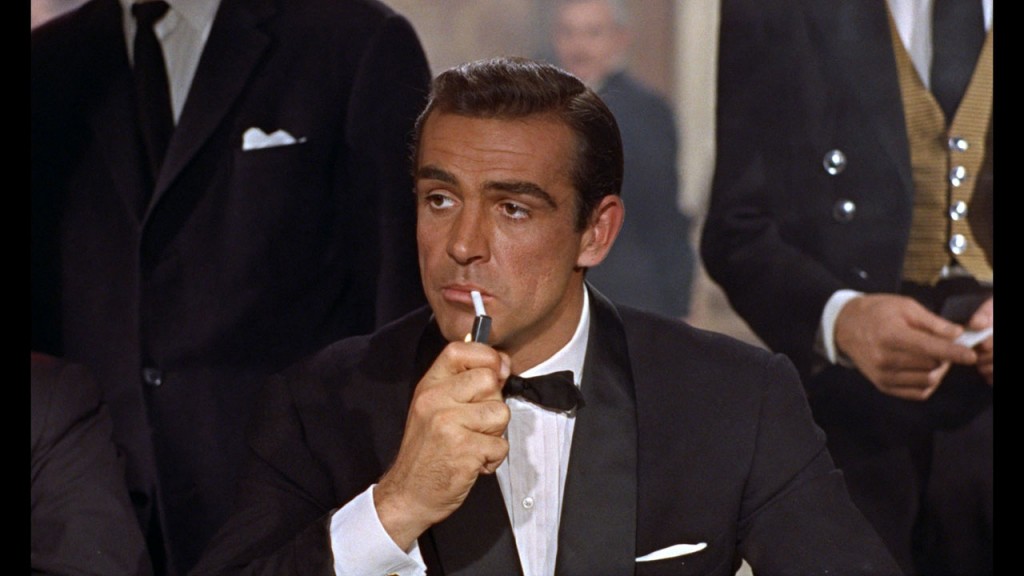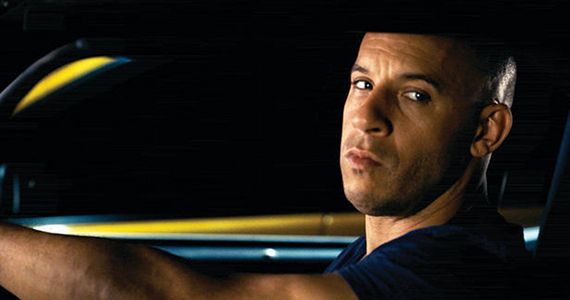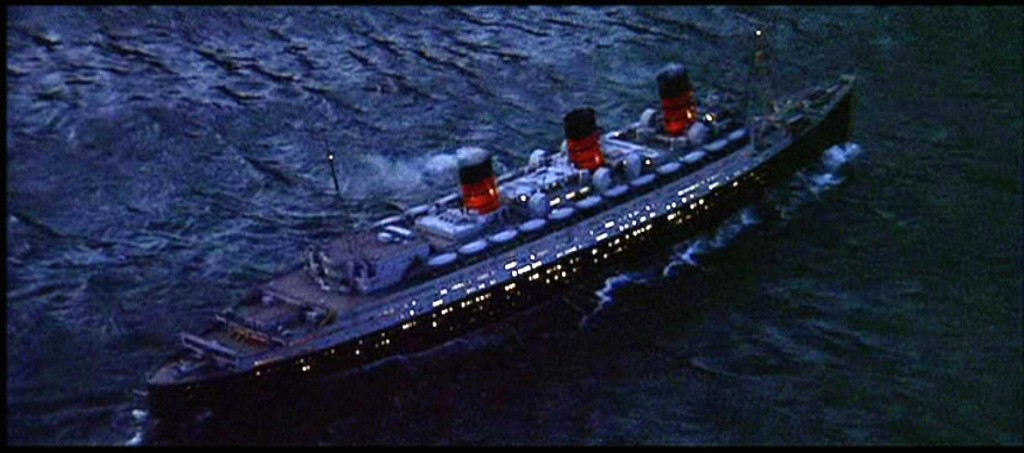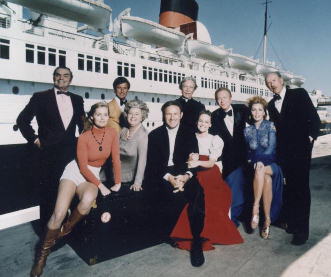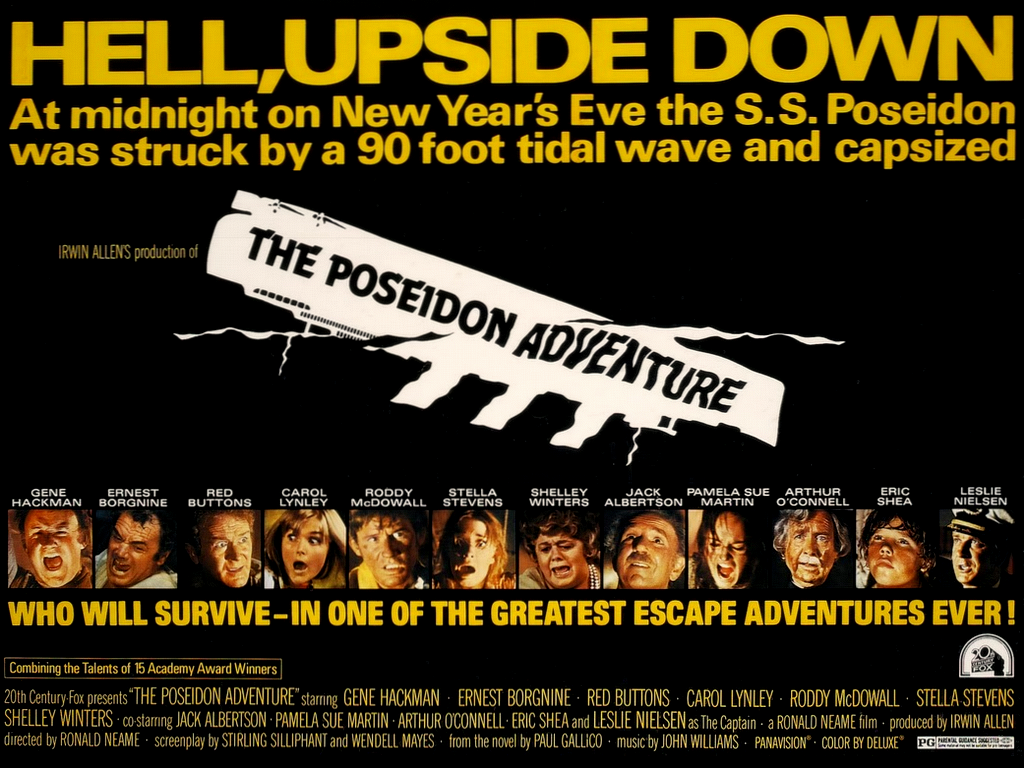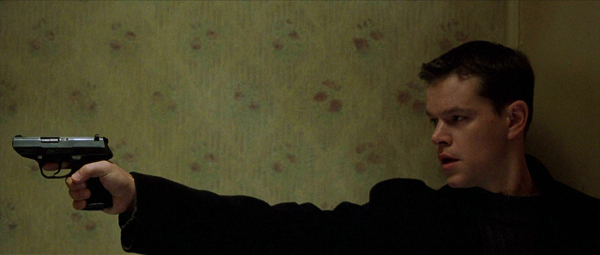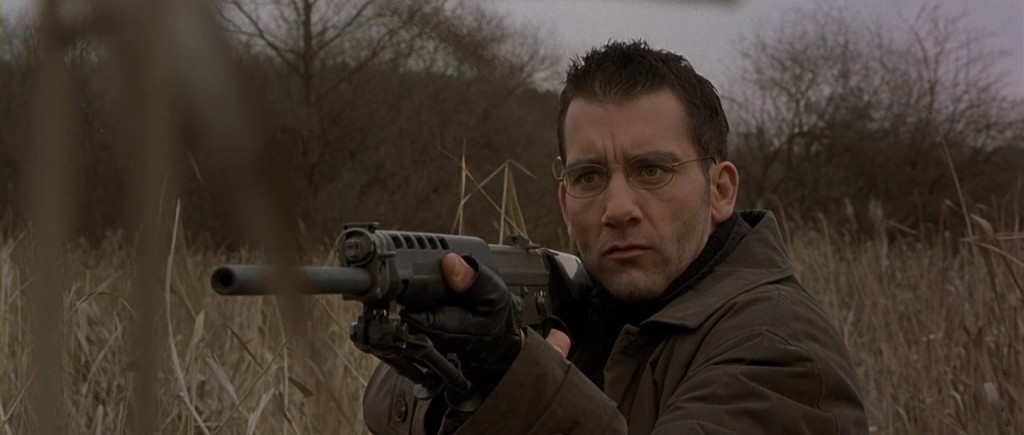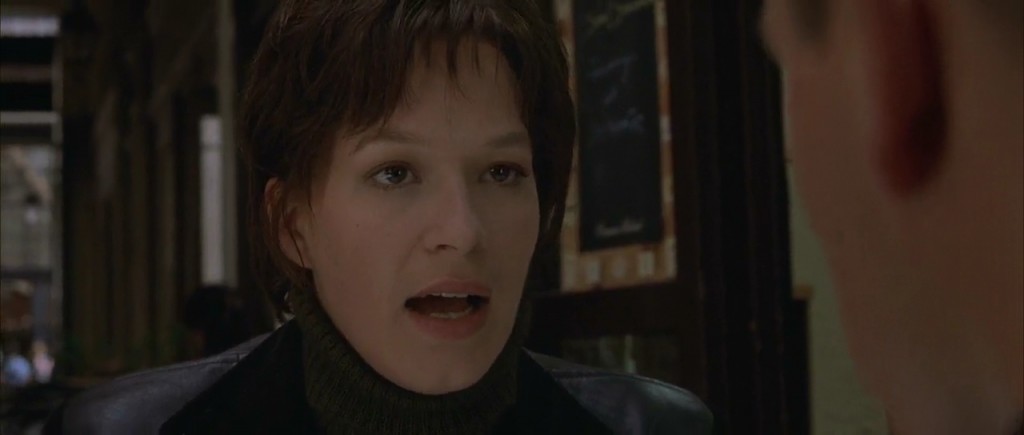Spielberg
My new volume of analysis, the double-sized, sixteen-movie volume on the films of Steven Spielberg, is now available for humans with eyeballs to read at Amazon.
Amazing at it sounds, Spielberg remains one of the most misunderstood, and underrated, directors of our time. If you’ve ever dismissed Spielberg, or thought “What’s the big deal?” or hated him for his whatever you hate him for, this volume will shed new light on his work. And if you’ve always liked his work but didn’t know why, this book will also shed new light on his work. And if you’ve always loved his work, this book will still shed new light on his work. Guaranteed.
Train to Busan
Hey, if you’re looking for a great horror movie to watch this Halloween, you really can’t do better than Yeon Sang-ho’s fantastic, slam-bang Korean zombie movie Train to Busan. Breathlessly paced, fiendishly inventive, wonderfully human and deeply affecting, Train to Busan puts a clutch of ordinary folk on a passenger train at the moment the world ends. Just when you think there’s nothing left to be done with the concept of “zombies on a train,” the director comes up with five or ten more ideas, each one more devilish than the last. Terrific filmmaking and automatically one of the greatest horror movies ever made. On Netflix.
Batman on the Big Screen
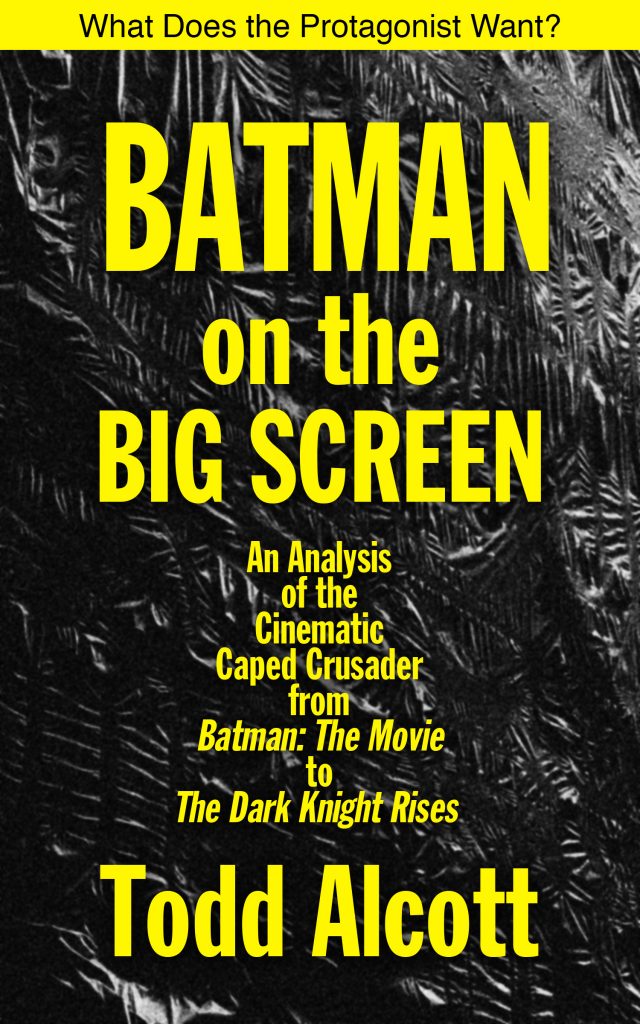
Batman on the Big Screen, a volume collecting everything I’ve written about the Caped Crusader, is now for sale at Amazon. It’s the first in what will be a long line of volumes under the What Does The Protagonist Want? banner. Having just finished editing it, I can tell you, it’s still highly addictive reading!
Some thoughts on Furious 7
In 1962, Sean Connery starred as James Bond in Dr. No. This was not the first appearance of James Bond. The character had been around for nine years before that, in the novels by Ian Fleming of course, but had also showed up in both a TV adaptation and, of all things, a newspaper comic. But after Dr. No, Bond was everywhere. Connery’s performance lodged in people’s minds and by the time Goldfinger came out the character had become an immortal icon, a symbol.
But a symbol of what? As a child, I had no idea what the heck James Bond was “about.” The movies seemed to drag. They weren’t thrillers or dramas, they were light-comic pageants, devoid of suspense or surprise. Nothing of import seemed to happen in them. It wasn’t until later that I identified James Bond as a symptom of cold-war “lifestyle marketing,” related more closely to Playboy and Esquire than the espionage thrillers they purported to be. Bond was a hollow man, a collection of attitudes. A tuxedo, a gun, cool toys and a limitless supply of ladies.
Favorite screenplays: The Poseidon Adventure part 3
It’s New Year’s Eve, approaching midnight, on this ship that is upside-down but nobody realizes it yet. We check in with all our main characters once again before disaster strikes. The working-class Rogos fight, then kiss and make up, the waif Nonnie sings, the lonely Mr. Martin (surrounded by young ladies) takes his vitamins, the Rosens kibitz, The Captain relaxes, Acres pours champaign, Rev Scott waxes hippy, Susan lusts for Rev Scott, and little Robin interrogates the Purser, who will soon become a pivotal character. The Purser, explaining himself to Robin, is the ship’s manager — not the owner (the businessman), not the captain (the leader) but the manager, the middle-man of song and story. Now that we’ve met everyone and examined their strategies for dealing with the chaos of a world upside-down, the world goes ahead and actually turns upside-down. Read more
Favorite screenplays: The Poseidon Adventure part 2
So, let’s remember, the metaphor in play in The Poseidon Adventure is “the world is upside-down.” The important thing to remember about this metaphor is that it’s already in play before the ship turns upside-down. That is, the world is already upside-down for the characters on the Poseidon, the tidal wave only serves to make the metaphor literal.
Favorite screenplays: The Poseidon Adventure part 1
The Poseidon Adventure was the first new, “grown up” movie I ever saw. I think the last movie I had seen previous to it was The Aristocats. People generally feel The Poseidon Adventure to be ham-fisted, stale and clunky, but in the winter of 1973 it was pretty mind-blowing, especially to an 11-year-old boy, and it changed the way I felt about movies forever. I would never be happy with Herbie Rides Again or The Apple Dumpling Gang after I had seen mass death and gripping adventure in the passageways of a capsized ocean liner. Read more
Favorite screenplays: The Bourne Identity part 8
Jason Bourne has killed his brother, The Professor, in self-defense. The Professor was sent to kill Jason at the behest of Conklin, who is both Jason’s and The Professor’s father. Conklin has pitted brother against brother to save face in the eyes of his own father Abbott. Abbott wants Jason dead and the whole Treadstone project to just kind of go away so that he can save face when reporting his budget to a Congressional committee. And so a political aspect of The Bourne Identity presents itself: an older, powerful white man feels discomfort about covering his ass, and that discomfort sends ripples down through the chain of power that results in young men, spiritual brothers, killing each other in a foreign land. The king’s discomfort results in the serf’s murder.
Favorite screenplays: The Bourne Identity part 7
Act III begins as Act II did — with an explosion of activity from Conklin back at CIA headquarters. Here, he barks orders at all his kids about how to pinpoint Bourne, crosscut with him reassuring his father-figure Abbott that Bourne will be caught and killed. Abbott, we learn, is upset about Bourne solely because of a budget meeting he has coming up with his Congressional overseers and Treadstone looks to be a big fat failure. So we see that, as is often the case in familial disputes, it all comes down to money.
Favorite screenplays: The Bourne Identity part 6
Jason and Marie have gone, in two days, from strangers to lovers. Marie, once spooked and then terrified by Jason, is now totally into the whole Bourne lifestyle — although she doesn’t really know what that means yet.
